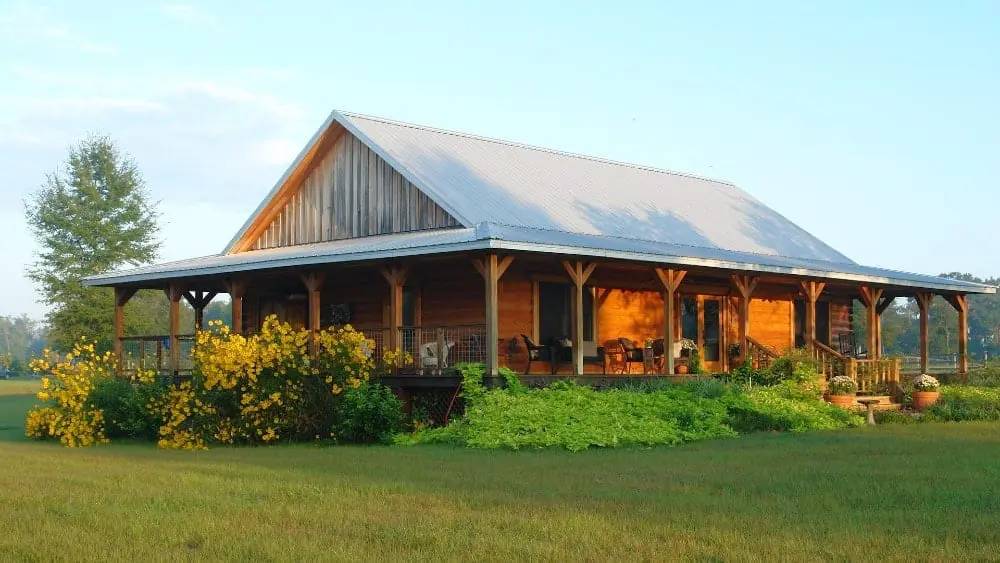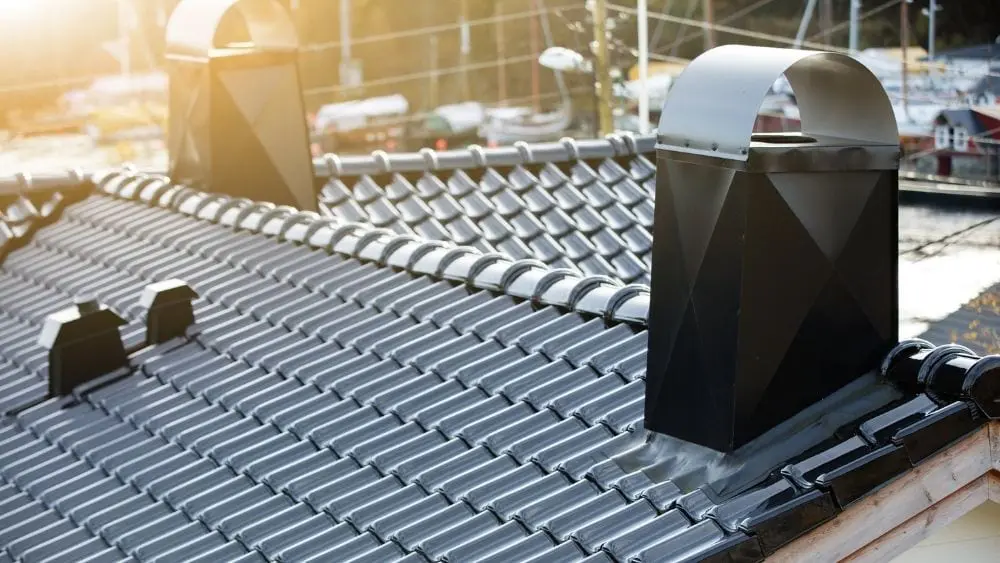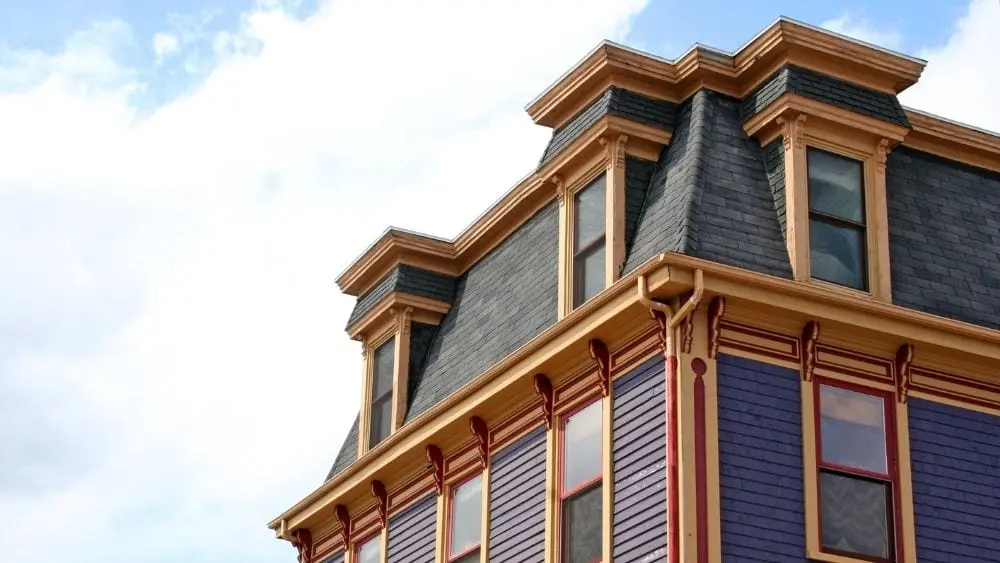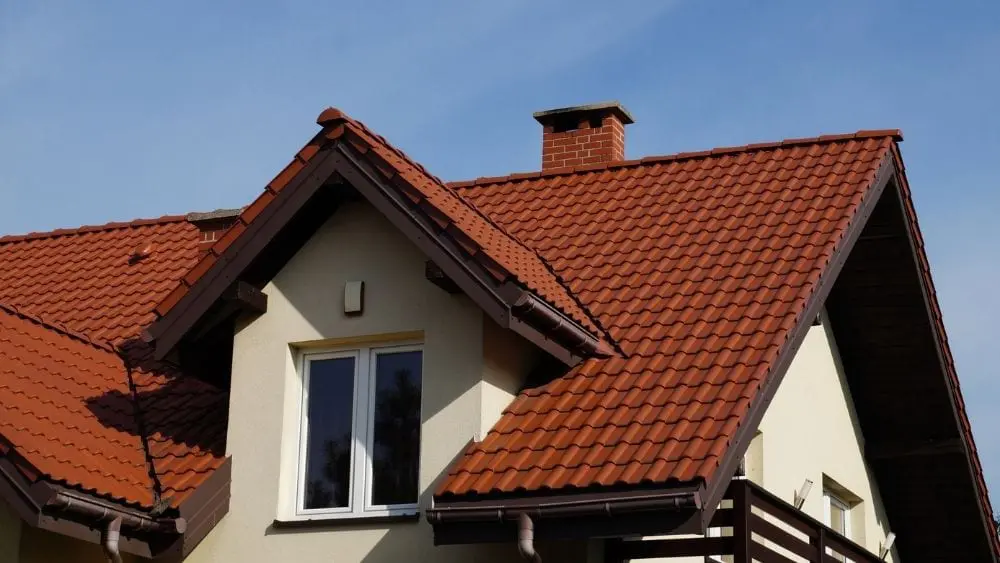
A good house starts with a strong foundation, but it doesn’t end there. Siding, interior design, landscape—they’re all equally important in coming together to form a home, and the roof is no exception. A distinguished roofline or eye-catching color scheme can set a home apart from every other on the street, so it’s important to spend time thinking about what you want your roof to look like.
But how, exactly, does one go about that? Glad you asked. Here’s everything you need to know when deciding what roof you want to adorn your house.
What Type of Roof is Best?
The short answer, as always, is that it depends. There are more than one dozen different materials and rooflines you can consider, and they can be combined in countless ways. Many factors can determine which roof is ideal; to make the best decision, it’s best to consider all the information so you can make an informed decision.

Considerations When Deciding on a Roof
There are several things you need to think about when considering which roof is going to be best for your new home.
Cost
Perhaps the most important thing to think about when deciding which roofline to go with is budget. The floor plan, materials, and installation process can cause costs to vary drastically between projects. A material might not cost as much as others, but if it has to be transported a long distance or requires a specific skillset to install, you can expect to pay a bit more. Similarly, asphalt is often considered one of the most affordable options, but if you’re roofing an exceptionally large home it’ll still cost you.
Climate
There’s no one material that will perform well in all climates; porous options, like cement, are not a good choice for rainy climates. Ceramic, which naturally insulates well against heat, is a common choice in the Southwest Region where summers can be stifling. If you’re not sure which material will be best for your climate, confer with your builder to see what they recommend.
Weight

The weight of different roofing materials can impact the floor plan and layout of your home; the heavier the material, the more load-bearing and reinforcement may be required. Unfortunately, if you’re looking for a very open floor plan, then a concrete roof would likely be too heavy. Talk with your builder—or architect, if you’re employing one—to get a better sense of what roof materials would be an appropriate weight for your floor plan.
Design
Of course, you have to spend some time discussing the aesthetic for which you’re looking. For a traditional look, a wood roof might be best; for some modernity, a concrete or synthetic material, or even solar paneling, would be better.
Roofing Materials
Asphalt
Popular due to its affordability—it’s got a low upfront cost and is easy and quick to install—asphalt roofs are common on many modern home styles. They are vulnerable to damage from storms, so some climates are not best suited for this material; additionally, you can expect asphalt to last roughly 20 years, giving it a shorter lifespan than some other options.
Ceramic

Ceramic tiles are eye-catching and offer impressive durability with a lifespan of at least 50 years. They are also energy-efficient, aiding in clean air circulation and designed to insulate against warm air during the hot summers. However, they are heavier than most of their roofing material counterparts and can break easily during transport and installation, so you’ll have to work with a craftsman skilled in ceramic roofing.
Concrete and Clay
Concrete and clay roofing materials offer similar benefits and drawbacks to ceramic tiles. They are incredibly durable and longstanding against the elements, but this comes at a high purchase and installation cost. Additionally, these materials can only be supported by certain home styles and frames, and require specialized care if damaged. Speak with your builder if you’re interested in a concrete or clay roof.
Green Roofs

These eco-friendly and beautifully designed roofs are the perfect combination of sustainability and aesthetics. Green roofs—which can range from simple greenery and vines to full-fledged gardens—come with the benefits of noise reduction, improved air quality, and the opportunity to grow your own produce. However, the more extensive the green roof, the more daily maintenance is required, so be sure you’re ready to commit to the work.
Slate
Long lasting and resistant mold, mildew, and fungus, slate is a popular material for southern climates due to its cooling capabilities. It adds a flourish to any roofline and requires very little maintenance but comes with a steep purchase and installation cost; if you’re interested in this option, be sure to discuss it with your builder.
Solar Tiles

Different from solar panels, which are bulkier and heavier, solar tiles are designed to add a sleek aesthetic with the added bonus or energy efficiency. They save money in the long run but have a high up-front cost and aren’t suitable for every climate. If you’re interested in solar panels, be sure to consult with your builder to determine if the budget and climate are a good fit.
Synthetic
Intended as an affordable counterpart to the pricier natural materials listed here, synthetic tiles can be designed to look like any material and therefore can fit any home style. They’re lightweight and environmentally friendly, and have exceptional longevity due to the creation and treatment process. This is a relatively new product compared with the others on this list, so defer to your builder if you have any questions about performance or maintenance.
Wood

The oldest (and sometimes considered most beautiful) option on this list is wood, which has been used for roofing for centuries. Wood offer elegance and longevity, not to mention being a sustainable roofing option. However, transportation and installation costs can be prohibitive, and wood roofing requires routine maintenance that must be completed in order to ensure its lifespan.
Roofing Styles and Designs
There are plenty of different ways roofs can be styled, from steep slopes to flat mansards and everything in between. Hip roofs are popular across the country and work well with colonial architecture, while skillion and lean-to roofs at sharp angles are excellent for modern and contemporary design.
No matter what style of home you’re looking to build, be sure to meet with your architect or builder to discuss what roof options are available to you and would look best with your plans.

Kian Zozobrado joined Builders Digital Experience (BDX) in 2019 as a content writer. A graduate of Southwestern University with a degree in English, Kian is passionate about the written word and making connections. Outside of work, Kian also serves as president of the Board of Directors for the Writers’ League of Texas.
 Your Guide to Closing Costs in California
Your Guide to Closing Costs in California